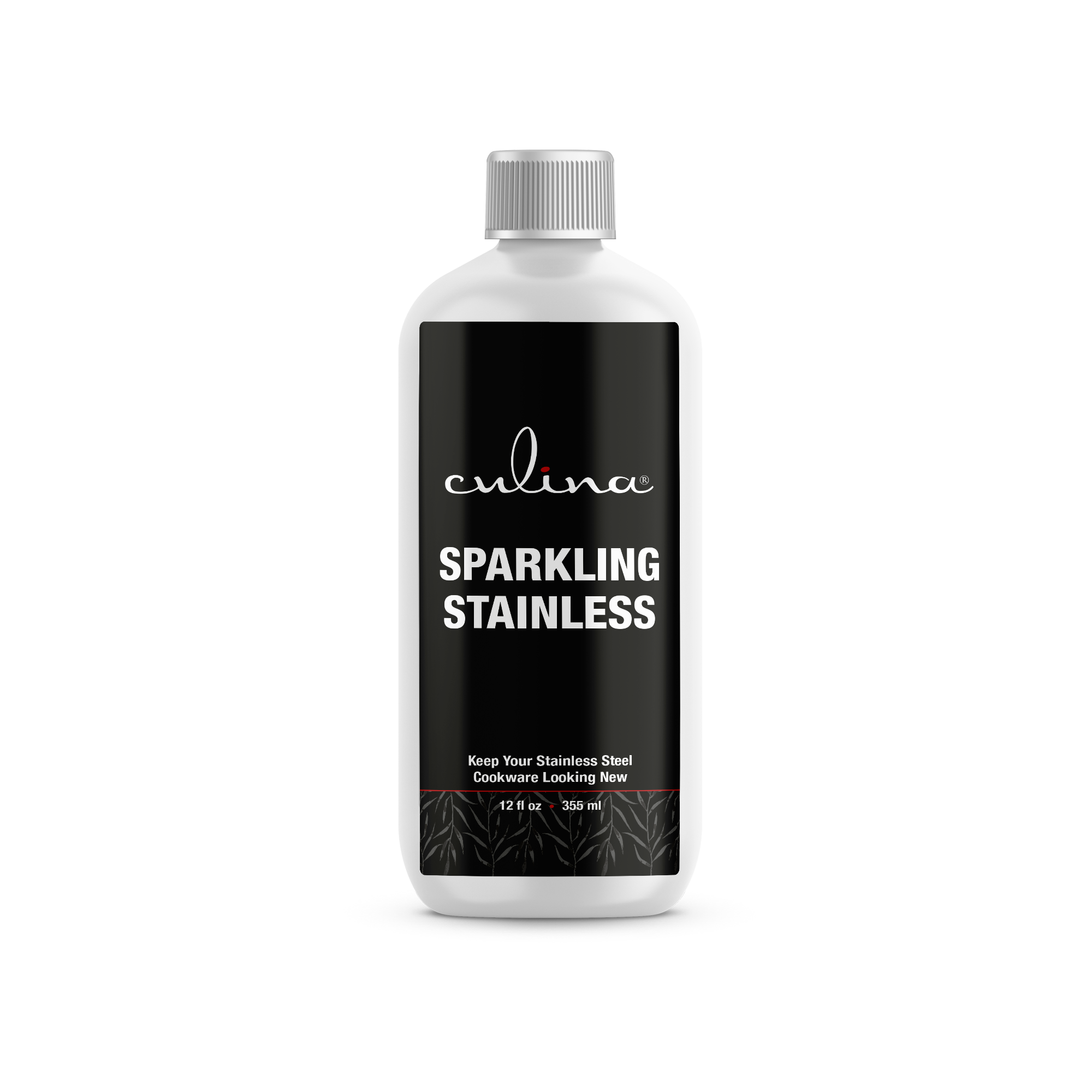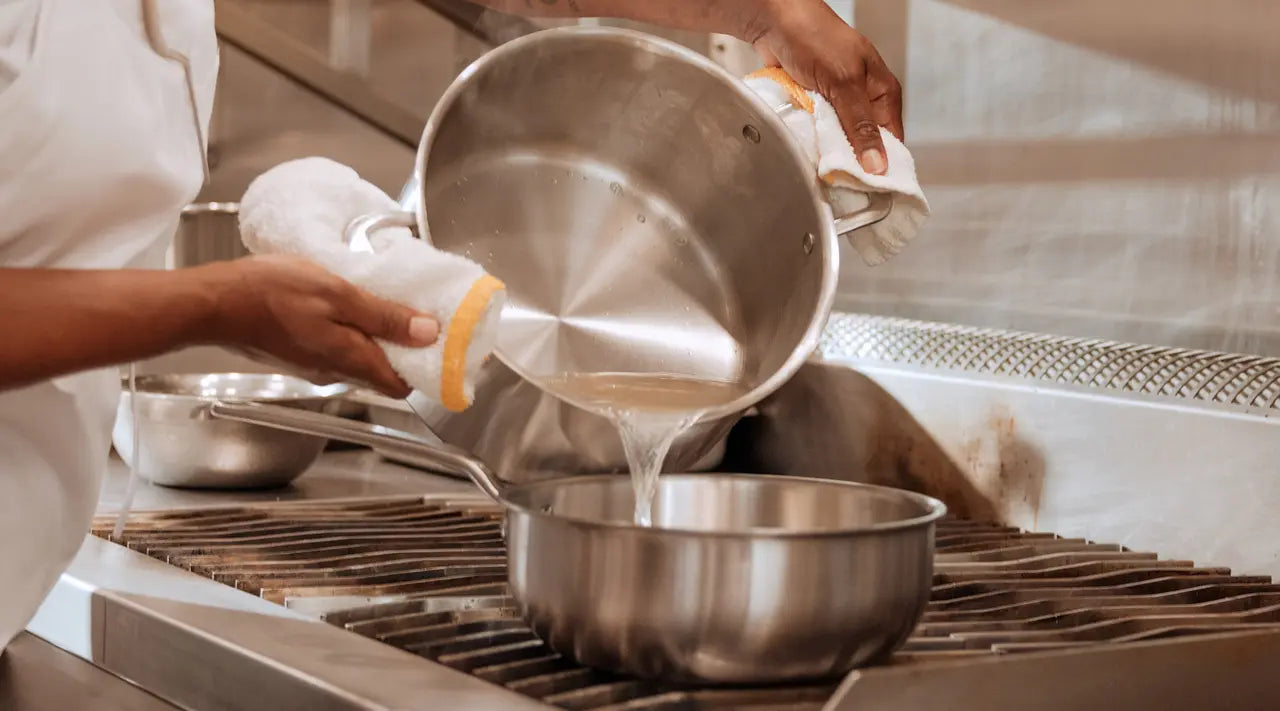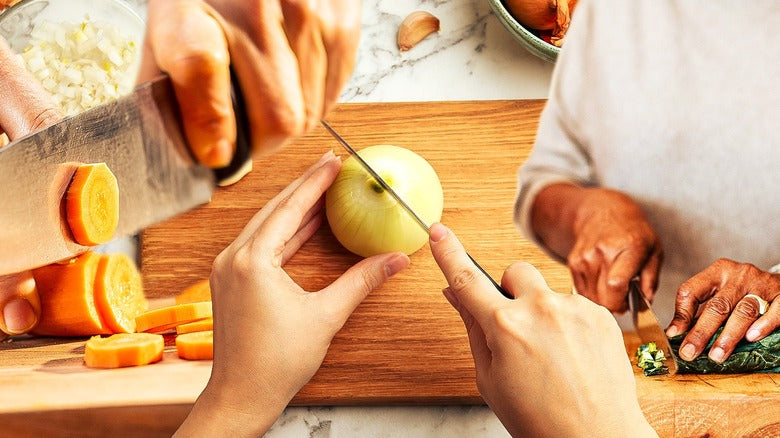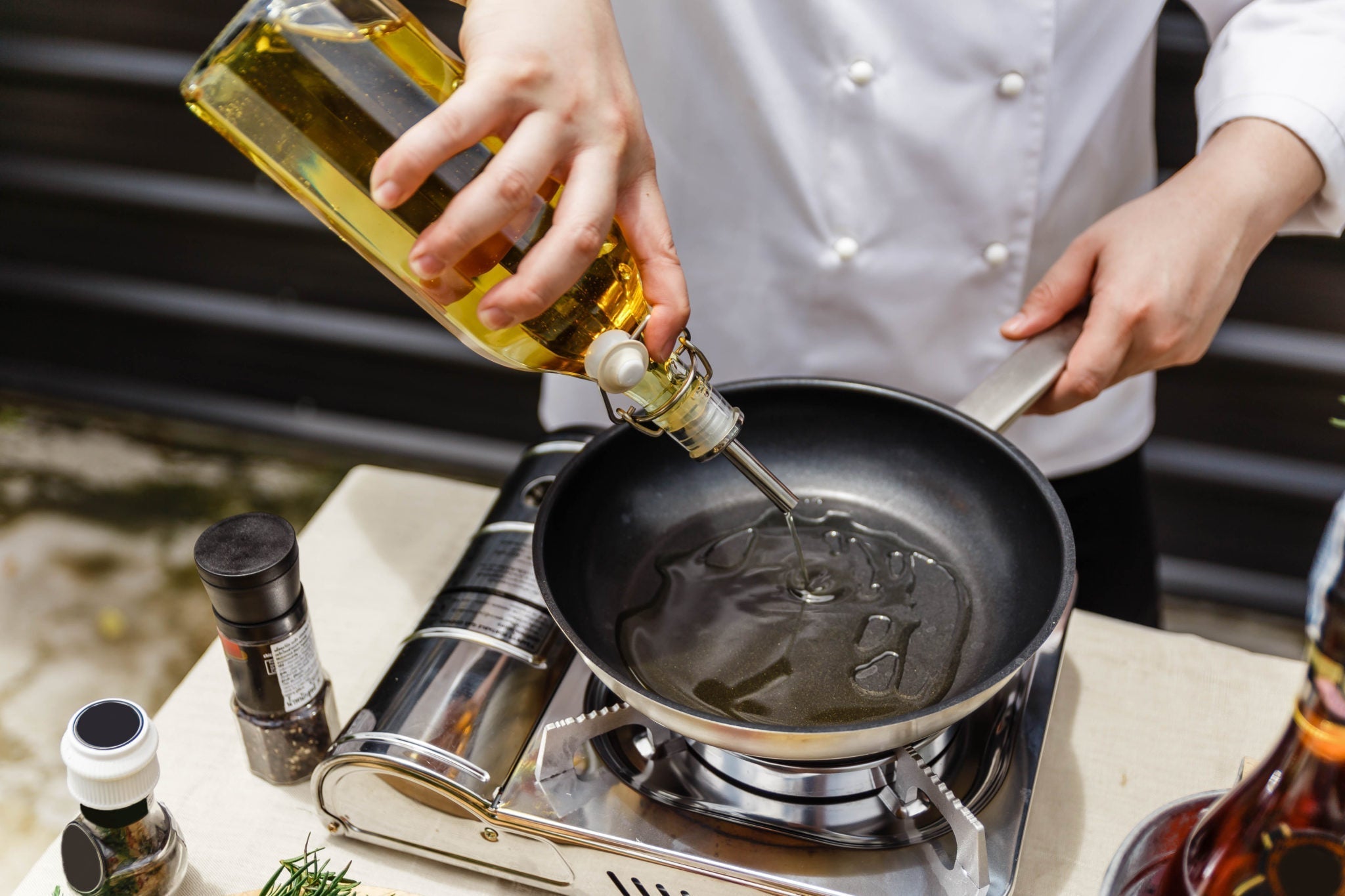When considering sizes for kitchen cookware, one question that frequently arises among kitchen professionals is, 'how big is a large saucepan?' This concern is crucial for chefs who need the right tools to create their culinary masterpieces efficiently. A large saucepan is generally defined by its capacity, material, and purpose in the cooking world.
The typical size of a large saucepan ranges from 3 to 6 quarts. However, the specific dimensions and designs can vary significantly depending on the manufacturer's specifications. Kitchen professionals must understand these variations to make informed decisions about which pans will best suit their cooking style and needs.

Understanding Saucepan Sizes
In general, saucepans come in various sizes, with the **large saucepan** category encompassing those over a certain capacity threshold. This versatility means chefs can select sizes that match the scale of their cooking tasks, from simmering sauces to boiling pasta.
Here are some standard sizes for saucepans:
- Small saucepan: 1-2 quarts
- Medium saucepan: 2-3 quarts
- Large saucepan: 3-6 quarts
- Extra-large saucepan: 7 quarts and above
The Importance of a Large Saucepan in the Kitchen
A large saucepan is an indispensable tool for kitchen professionals for a multitude of reasons:
- Versatility: A large saucepan can handle a variety of cooking techniquessimmering, boiling, and even braising.
- Capacity: It allows chefs to prepare larger quantities, which is perfect for catering or family-style meals.
- Even Cooking: The design of a good saucepan promotes even heat distribution, preventing hotspots that can burn food.
:max_bytes(150000):strip_icc()/ewl-stainless-steel-cookware-sets-test-calphalon-classic-10-piece-rkilgore-144-3f9be4a0fd5642f0a8c95d4e00084ccf.jpeg)
Choosing the Right Large Saucepan
When selecting a large saucepan, there are several factors to consider:
1. Material
The material of the saucepan significantly affects cooking performance. Common materials include:
- Stainless Steel: Durable and non-reactive, ideal for sauces.
- Copper: Offers excellent heat conductivity.
- Non-Stick: Great for low-fat cooking and easy cleaning.
- Cast Iron: Excellent for slow cooking but can be heavy.
2. Depth and Diameter
While capacity is a primary concern, the depth and diameter of the large saucepan also play vital roles. A wider saucepan allows for more food to be spread out, promoting even cooking.
3. Lid Fit
Having a tight-fitting lid can help retain moisture and heat, which is essential for simmering and stewing. A poorly fitting lid can lead to a loss of liquid and flavor.

Common Uses for a Large Saucepan
Large saucepans are incredibly versatile. Here are some common uses:
- Making sauces: A large saucepan provides ample space to reduce sauces without overspill.
- Cooking pasta: The size allows for an adequate water-to-pasta ratio.
- Steaming vegetables: Insert a steamer basket in a large saucepan for a healthy cooking method.
- Soups and stews: Perfect for preparing larger quantities.
Tips for Maintaining Your Large Saucepan
Taking care of your large saucepan ensures it lasts longer and performs better:
- Clean it properly: Depending on the material, ensure you use the right cleaning methods.
- Avoid high heat: Excessive heat can warp or damage certain materials.
- Store properly: Avoid stacking pans if possible to prevent scratches.
FAQs
1. What is the difference between a saucepan and a pot?
A saucepan usually has a long handle and is designed for making sauces, while a pot is typically larger and has two handles, making it great for boiling and cooking larger meals.
2. Can I use a large saucepan for frying?
Yes, but its typically not the best choice. A skillet or frying pan is better suited for frying due to its shape allowing for more surface area.
3. How do I know if I need a large saucepan?
If you frequently cook for large groups or want to prepare multiple items at once, a large saucepan can be a valuable addition to your kitchen.
For more information on saucepans, check this link: What is a Saucepan?
As you dive deeper into the world of cooking, remember to explore different styles, shapes, and brands of saucepans. Experimenting might lead you to your new favorite kitchen companion! Don't forget to check out our articles on 2 Quart Saucepan, Non-Reactive Saucepan, and Saucepan vs Pot.
As an Amazon Associate, I earn from qualifying purchases.






Leave a comment
This site is protected by hCaptcha and the hCaptcha Privacy Policy and Terms of Service apply.